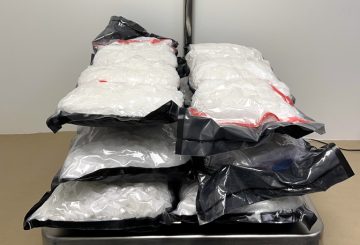팬데믹 이후 많은 사람들이 롱 코비드로 고통 받고 있지만 많은 사람들이 잘못 진단되거나 필요한 도움을 받지 못하고 있습니다.사람들이 “코비드 피로감”을 언급할 때, 이는 극도의 피로감을 포함할 수 있는 롱 코비드의 심각한 증상이 아니라 코비드에 대해 듣는 것에 지쳤다는 뜻인 경우가 많습니다.
선임 정치 기자인 마크 달더 (Marc Daalder) 는 작년에도 코로나바이러스로 인해 많은 사망자가 발생해 팬데믹이 여전히 주요 문제라고 설명합니다.그럼에도 불구하고 사회는 코로나바이러스와 그 영향을 잊고 싶어하는 것 같습니다.
뉴질랜드에서 발간된 롱 코비드에 관한 새 보고서에서 달더는 이 질환에 걸린 4명을 인터뷰하면서 의료 시스템이 이들을 효과적으로 진단하고 치료하지 못했다는 점을 강조했습니다.인터뷰 대상자인 르네 전 의원은 더 이상 걸을 수 없어 대부분의 시간을 잠만 자면서 겪는 어려움을 털어놓았습니다.그녀는 당국에 의해 무시당하고 있다고 느끼며 많은 사람들이 여전히 고통을 겪고 있다고 믿지만, 정부는 거의 우려나 지원을 보이지 않습니다.
달더는 코비드 이후 일시적인 증상을 경험하고 회복하는 사람도 있지만, 더 심각하고 오래 지속되는 문제를 안고 살아가는 사람도 있다는 점을 인정합니다.연구 자금이 부족하면 Long Covid에 대한 연구가 어려워집니다.Long Covid에 관한 보고서는 대부분 자체 보고된 사례를 담고 있기 때문에 많은 환자가 데이터에서 누락될 수 있습니다.
또한 여성이 Long Covid를 더 자주 보고하지만 자신의 건강 관련 불만 사항은 의사들에 의해 기각되는 경우가 많아 도움을 받기가 더 어려워집니다.
Long Covid에 대한 구체적인 치료법은 없지만 일부 증상은 물리 치료와 같은 요법으로 관리할 수 있습니다.이는 신체적 문제를 해결하는 데 도움이 될 뿐만 아니라 환자에게 의료 시스템에서 인정받고 치료받고 있다는 느낌을 줍니다.
Daalder는 문제를 무시하는 것보다 Long Covid를 인정하고 피해를 입은 사람들을 지원하는 것이 중요하다고 강조합니다.






























































